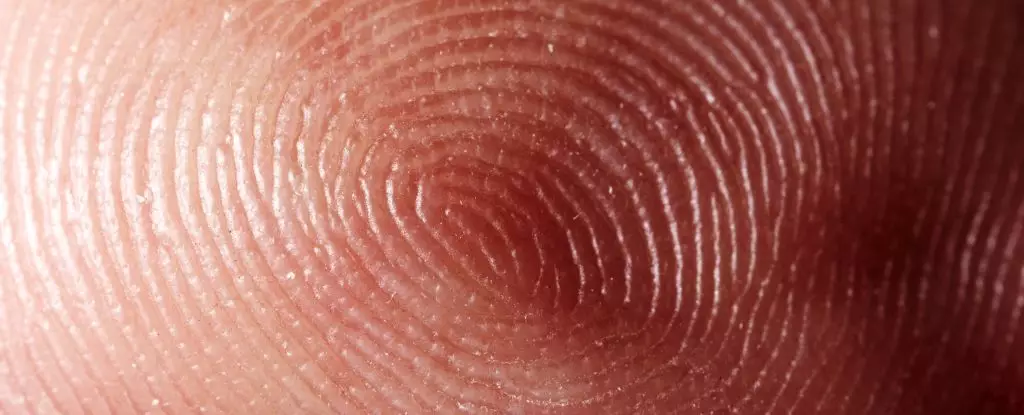In a groundbreaking revelation, researchers have unveiled that epithelial cells—previously considered mute by the scientific community—employ a unique and methodical form of communication to relay danger signals. This discovery not only challenges our existing notions about cellular interactions but also poses exciting prospects for advancements in medical technology. By demonstrating that epithelial cells can send out slow yet persistent electrical signals, similar to a prolonged scream, the research illuminates an underexplored avenue of cellular communication that was once overshadowed by the more responsive nervous system.
The communication mechanism of epithelial cells operates at an entirely different tempo compared to neurons. While neurons relay messages through rapid impulses, epithelial signals may travel one thousand times slower, showcasing an intricate and surprising dance of bioelectric exchanges across cell membranes. This finding invites us to reconsider how we perceive the body’s ability to react and heal from injuries, hinting that the slow scream of a cell could be critical in triggering repair mechanisms.
The Research Setup: A Novel Approach to Cell Interaction
The study, spearheaded by a team at the University of Massachusetts Amherst, utilized a high-tech chip embedded with an array of electrodes to monitor the electrical signals emitted by human keratinocytes—chief components of our skin’s outer layer. By applying a laser stimulus to these cells, the researchers painstakingly listened for changes in electrical activity, allowing them to track the patterns of communication that unfolded in response to injury.
What emerged was fascinating: the signals generated by the epithelial cells traveled at speeds of approximately 10 millimeters per second and could stretch out over hundreds of micrometers from the initial site of injury. This slow-motion conversation among cells is reminiscent of electrical signaling in plants when they experience stress from external threats, such as being eaten by insects. Such parallels draw attention to a broader biological framework of communication across diverse life forms, suggesting that the “language” of cells may share fundamental principles.
Ionic Interactions: The Language of Epithelial Cells
Central to this newfound understanding of epithelial communication is the role of ion channels—tiny gateways in cell membranes that allow ions, particularly calcium, to traverse within and outside cells. This mechanism starkly contrasts the ionic channels found within neurons, which are predominantly activated by chemical signals or voltage changes. Epithelial ion channels respond to mechanical stimuli, such as pressure or stretching, indicating a more tactile form of communication. This distinction is significant; it underscores a specialized role for epithelial cells, enabling them to maintain homeostasis while simultaneously reacting to injury.
The researchers highlighted that these epithelial signals exhibited prolonged durations, with some cellular dialogues lasting up to five hours. This persistence indicates that the cells are not just reacting momentarily but are engaged in a sustained effort to communicate their status and rally surrounding cells for assistance during the healing process. Such findings emphasize the need for further research into how these signals operate and their distinct characteristics across various epithelial cell types.
Implications for Medical Technology: A New Frontier
This enlightening discovery opens up exciting prospects for the field of medicine, especially in developing innovative medical devices. The potential applications of understanding epithelial communication could lead to breakthroughs in creating wearable sensors, electronic bandages, and other biotechnological devices aimed at enhancing wound healing processes. The capability to sense and respond to cellular cries for help could provide critical insights into healing, paving the way for more effective therapeutic interventions.
As stated by biomedical engineer Sun-Min Yu, unraveling the intricacies of these ionic conversations among wounded cells presents unforeseen opportunities that could revolutionize patient care. By translating the silent screams of epithelial cells into actionable healing strategies, the health sector could vastly improve treatment protocols for injuries and chronic conditions.
In an ever-evolving landscape of biomedical research, we stand on the cusp of a new understanding that transcends traditional boundaries of cellular communication. The journey to decode these cellular dialogues is just beginning, and it beckons us toward the frontier of possibilities, ultimately transforming how we approach wound healing and regeneration within the human body.

